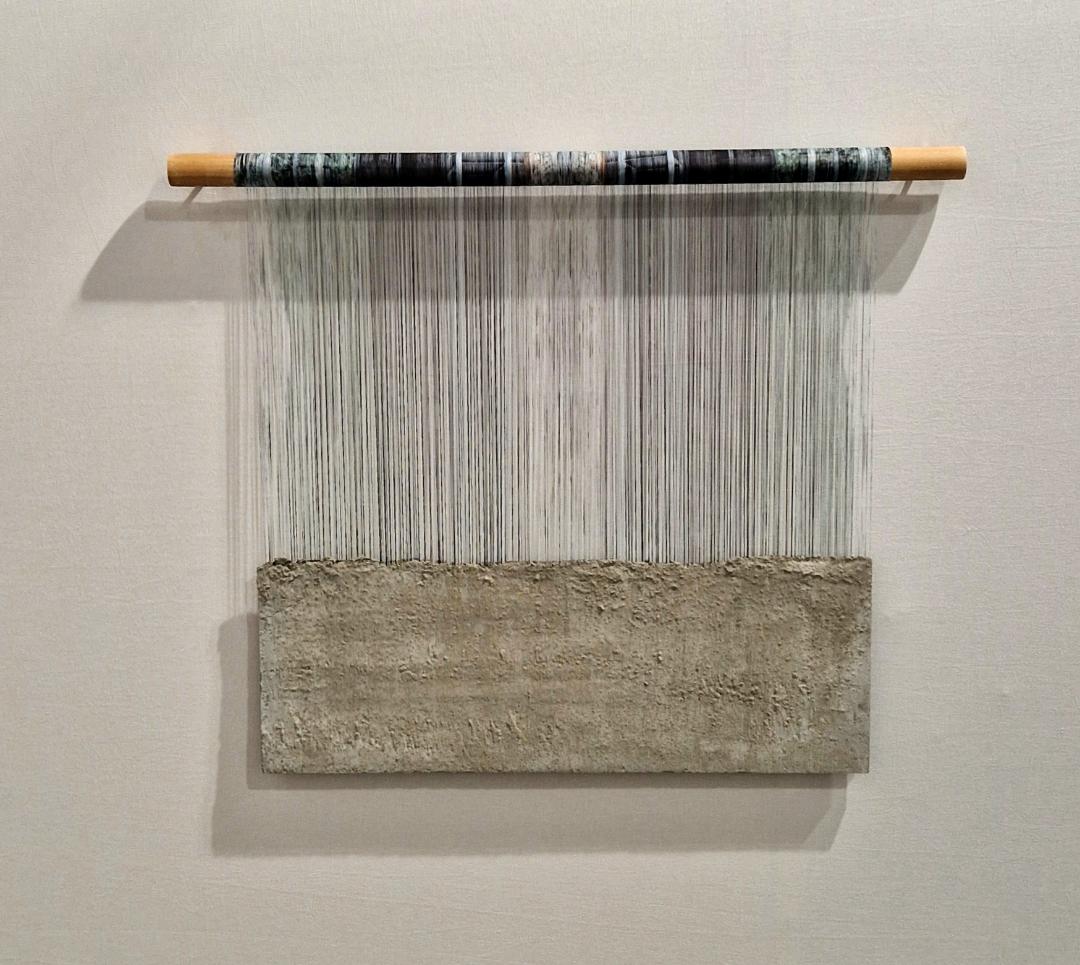
Press release
A rising figure in the Colombian art scene, Leyla Cárdenas explores reality in a sculptural gesture that aims to spatialize and materialize time. Her works question urban ruins, demolition sites and abandoned spaces as indications of social transformations, losses and lost memories. Her approach recalls that of the archaeologist who analyzes the different layers of a fragmented reality. The artist thus proceeds by deconstruction as a means of construction. The superficial skin becomes a way to explore and dig to reveal different strata of time. Like palimpsests, materials and fragments recovered from a site become humble documents in which present, past and future tenses are contained and recorded.
Marked by the progressive structural changes in Bogota, her hometown, Leyla Cárdenas thus participates in the recovery of the past and the restoration of the memory inherent in the ruins and the republican dream, which is destined to disappear in the name of progress. The artist conducts the same research in the different places she approaches: Paris, Tbilisi in Georgia, Maastricht in NL, Sicily, Greece ...
For her first personal exhibition in Paris, Leyla Cárdenas presents a corpus of emblematic works of her artistic approach in the form of photography, textile and installation. The title of the exhibition is a palindrome, RESSASSER, as well as a large part of the concept of the exhibition. Newly created works are organized around reflections, repetitions and cycles.
Works on textiles document endangered buildings, which often retains only the facade. Photographed by the artist, the wall becomes a printed image on a fabric in light veil whose frame is partially unweaved, revealing the fragility of the process. The gradual disappearance of the place is thus materialized in the support itself of the work. As the urban fabric is torn by these architectural transformations, the process of un-weaving the fabric proceeds from an analogy with these temporal and spatial cycles.
Other works reveal images of places associated with fragments taken from urban spaces. Between materialization and dematerialization, these fragments appear as fragile remnants of geological traces testifying to an eroded mountain for the uses of urban construction. An installation in situ operates a dialogue between the space of the gallery and elements of recovery found in Paris.
Through her images and titles in mirror, Leyla Cárdenas sets a moment in a historical cycle as reflection on time, transformation, destruction and reconstruction.



